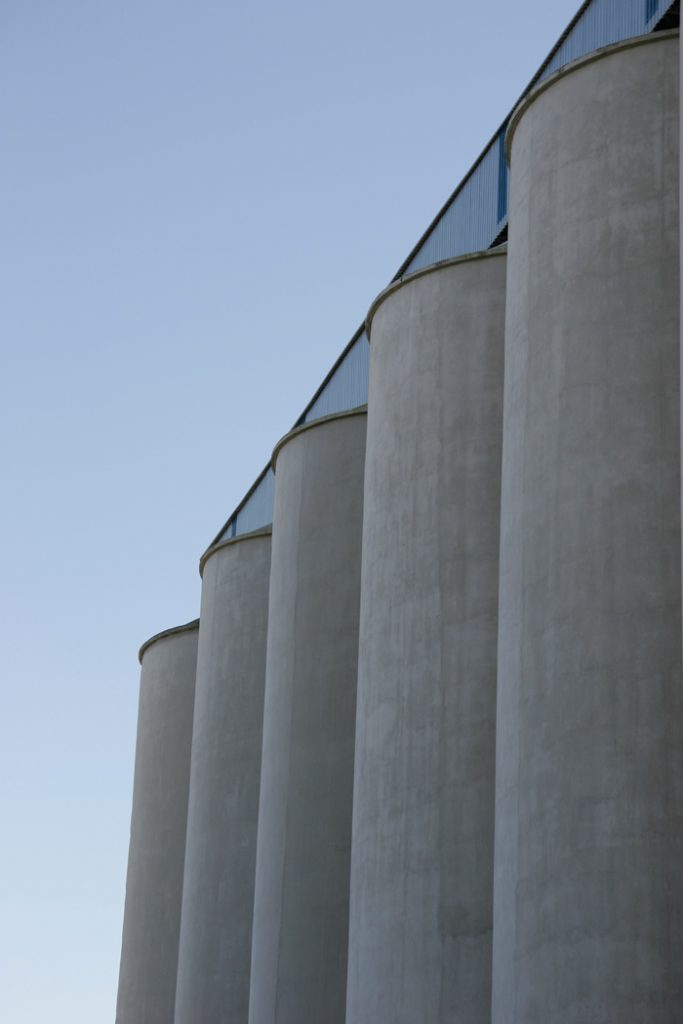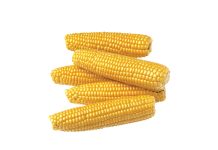
independent
grain specialist
Several deductions are made on the mass of grain consignments by silo owners and other parties receiving such consignments from producers. The word “grain” in this text refers to all of the different crops handled by the grain silo industry.
Deductions in most cases are not part of the official grading standards. In this article the reasons for the deductions are discussed and not the details on deductions. The deductions can be placed in four different categories:
Official deductions
According to the Agricultural Products Standards Act (Act No. 119 of 1990) for sunflower seed the actual percentage sclerotia, screenings and foreign matter found during the inspection (grading) process must be deducted from the total mass of the consignment.
In the case of soybeans the actual percentage sclerotia and foreign matter found during the inspection process is also deducted from the total mass of the consignment concerned. These deductions are applicable to sunflower seed and soybeans received from the producer as well as when these products are received at processing plants. The deductions for sunflower seed and soybeans are the only official deductions according to the grading regulations.
Mass and moisture content
Grains do lose moisture during handling and storage, especially in the warmer and dryer areas of South Africa. A drop in moisture of up to 2% can occur, resulting in major losses for the grain silo owners. In many cases the moisture content is corrected to 12,5%. If the moisture content is higher than the maximum for a specific crop (13% maximum for wheat), the silo owner needs to dry it before it can safely be stored. Drying down to exactly 13% (of wheat) is in practice extremely difficult and not recommended. Silo owners will dry the wheat down to more or less 12,5%. When grain levels get lower in bins, evaporation of moisture from grain increases. Correcting mass according to moisture content is essential to avoid major losses during storage.
Clean basis grading of wheat
The screenings, unthreshed ears and certain types of foreign matter are removed from the sample by screening it with a combination of a 1,8 mm slotted sieve and a 4,75 mm round-hole sieve or with a laboratory cleaner. The percentage obtained is fully or partially deducted from the consignment. The cleaned sample is graded with the benefit of possible better grades to the producer. For example, if the dirty sample has more than 1% unthreshed ears, it will be downgraded to Class Other Wheat (COW). Without taking the unthreshed ears into account, it can still grade as a B Super Grade, B1, B2 or B3, depending on other grading factors.
The same positive outcomes are possible with regard to grading factors like screenings, foreign matter and hectolitre mass. The silo owner needs to clean the wheat with commercial cleaning equipment to avoid downgrading of wheat to COW when clean basis grading is done. With the new wheat grading regulations of 2019, downgrading to COW can occur quite easily and clean basis grading protects the producer to a larger extent.

Standard percentage
A certain standard percentage (for example 0,5% or 1%) is deducted from consignments depending on the type of grain. During drying, handling and fumigation grain breaks quite easily and an increase in screenings is experienced. The percentage screenings are part of the grading standards with limited amounts allowed. Silos and other storage facilities are forced to clean the grain to bring the percentage down and within the grading standards to avoid downgrading grain that was sent to processing plants. The mass of the grain is reduced during the screening process.
It is very important to remember that grain is a product that is alive. Respiration occurs at a reduced rate due to dormancy of the stored grain, but a 0,5% reduction in weight can still occur during medium- to long-term storage.
Standard reduction in weight is used by silo owners to compensate for the reduction in mass of grain due to the screening of grain and grain respiration.


















